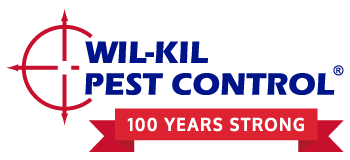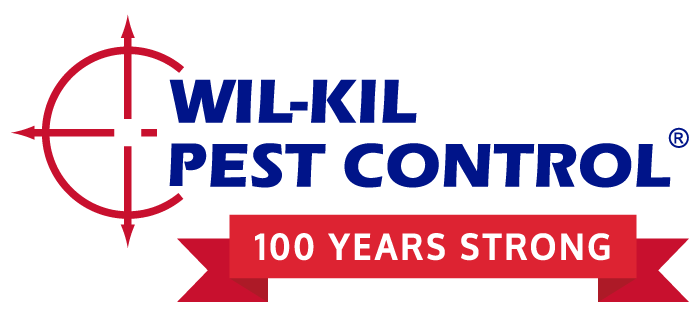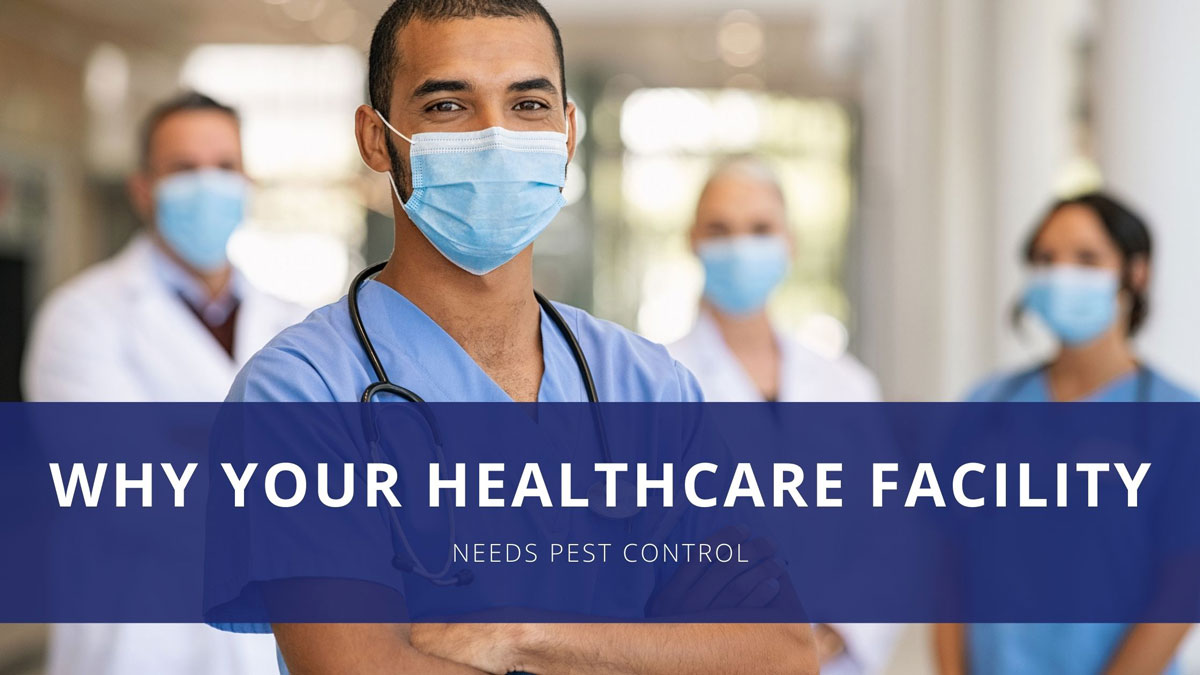Get A Free Quote
As a healthcare facility, you have a duty to provide the best possible care to your patients. Wil-Kil helps you do that with comprehensive pest control services that help reduce the potential for pest infestations that can jeopardize the health of your patients.
All businesses benefit from commercial pest control services, but pest control services for hospitals, clinics, and healthcare services are even more important because the safety and health of your patients is paramount.
Safety and Cleanliness Standards are of the Utmost Importance
Pest control in healthcare facilities is key to ensuring the safety and cleanliness of your facility. Healthcare might be the only place where reputation is a secondary concern because a pest infestation could lead to an uptick in illnesses among patients.
Common Pests to Watch Out For in Healthcare Facilities
All pests are unwelcome in a business setting, but some pests are more dangerous to healthcare providers than others:
Cockroaches
Cockroaches aren’t just an unwelcome sight and a sign of an unclean healthcare facility. They can exacerbate asthma symptoms. Cockroaches are known to spread disease and carry bacteria. By contaminating food and the sterile areas of a hospital or clinic, cockroaches can cause harm to your patients.
Flies
Flies, like cockroaches, are a constant worry for healthcare facilities. These insects contaminate food and spread diseases both on their feet and through their saliva, which they use to break down food.
Ants
Pharaoh ants are disease spreaders that are known to produce both Salmonella and Streptococcus bacteria. Pharaoh ants’ propensity for hanging around IV units and open wounds make them a severe infection risk for patients.
Rodents
Rats and other rodents are among the most dangerous invaders for any healthcare facility. Not only are they able to spread pathogens through their droppings, but they can also enter facilities from almost anywhere. Their teeth—which never stop growing—require constant gnawing to file down. They’ll chew on anything—including wires, insulation, and structural supports—to manage that urge.
Bed Bugs
Bed bugs are disgusting visitors to hospitals, but they don’t pose an immediate danger of disease. Instead, their bites can increase the risk of infection among patients who are already confined to beds or otherwise compromised, and cause psychological trauma to patients.
How do pests get into healthcare facilities?
Pests can enter your hospital and clinic in a variety of ways. Entry doors left open too long can invite flying pests, and windows that aren’t properly sealed can be a prime point of entry for unwelcome visitors such as insects and rodents. Pests like bed bugs are often introduced to healthcare environments by hitching a ride on a patient’s clothing.
If you’re concerned about pests making nests near your building, a great way to reduce the risk of infestation is to reduce the areas of harborage outdoors. By trimming exterior landscaping and trees, you can make the outside areas of your location less inviting. As a bonus, trees that are kept clear of windows and rooflines can help keep rodents—from squirrels to roof rats—from making their way into your facility from the upper floors.
Another way for pests to get into your healthcare facility is through deliveries. Foodservice deliveries are a particular concern, so before accepting any deliveries, inspect the packaging to ensure there are no signs of pest evidence or damage to the packages. Get rid of cardboard packaging as quickly as possible. Cockroaches are notorious for hiding in and munching on flattened cardboard. In fact, quick disposal of all trash can go a long way toward preventing pests in your hospital or medical clinic.
What kind of pest control services do hospitals use?
Healthcare facilities, hospitals, and clinics all benefit from pest control services rooted in the principles of Integrated Pest Management (IPM). IPM-focused strategies involve targeting areas of concern where pests are most commonly found. In addition, IPM tactics implement education of your staff on best practices for prevention.
Wil-Kil Pest Control uses the HealthGuard pest management program to help reduce the number of pests in your facility.
HealthGuard Protects Your Patients, Employees, and Reputation
HealthGuard is focused on control, discretion, and specialized services—including bed bug management—to make your facility as hostile to pests as possible. Our goal is to avoid disruption, so we’ll visit your facility when it’s convenient for you to avoid patient traffic. Our devices can also be made to blend in with your decor so pest management is as invisible as possible.
Call Wil-Kil Pest Control for Your Pest Control Estimate
Wil-Kil Pest Control has served our Wisconsin neighbors for almost 100 years. With decades of experience in pest management for healthcare providers, we can focus on reducing the number of pests in your facility so you can pay attention to what truly matters: giving your patients and visitors the best care possible. Whether its commercial fly control, ant control, or anything else, we are trained and experienced to help keep your business safe. For more information about HealthGuard pest prevention programs or to schedule your free consultation, contact us today.


